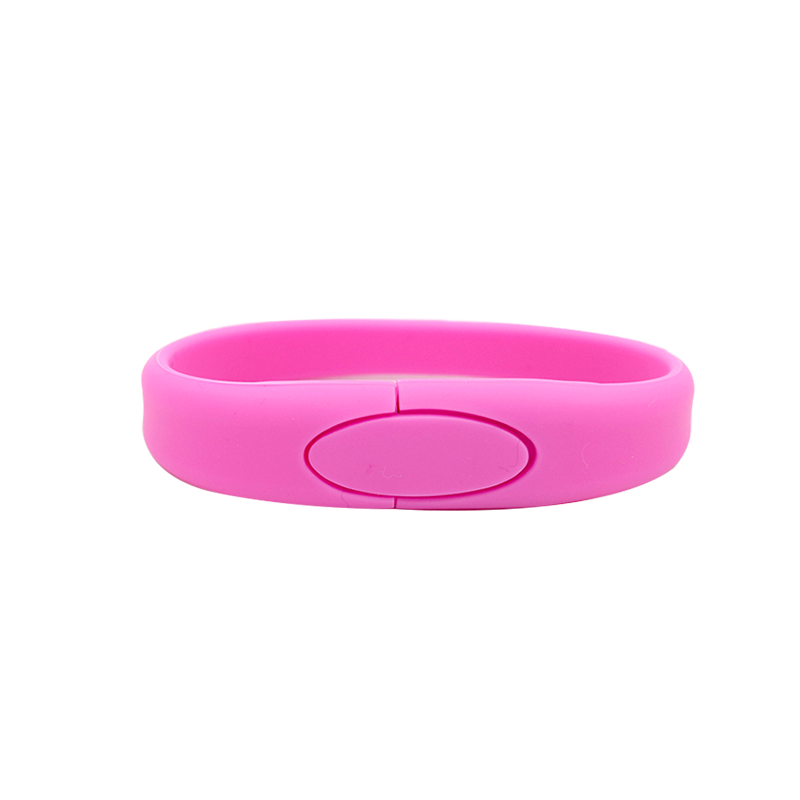As digital storage demands increase, the use of USB Flash Drive 3.0 has become widespread due to its high-speed data transfer capabilities and convenience. One critical concern, especially for users handling large files such as HD videos, software packages, or system backups, is the potential for heat buildup during extended usage. This article explores whether products from USB Flash Drive 3.0 suppliers are prone to overheating when transferring large files and what factors influence thermal performance.

Transfer Speed and Heat Relationship
USB 3.0 technology enables significantly faster data transfer rates compared to its predecessors, theoretically reaching up to 5 Gbps. When a USB Flash Drive 3.0 is used to move large files, it operates at high intensity over a sustained period. This process involves constant reading and writing to NAND flash memory and heavy utilization of the USB controller. As a result, it is natural for the device to generate heat, especially if the internal components are compact and densely packed.
Material and Design Impact on Heat Dissipation
Different USB Flash Drive 3.0 suppliers adopt varied materials and construction methods that influence thermal behavior. Drives with metal casings tend to dissipate heat more efficiently than those with plastic shells, as metal acts as a passive heat sink. Moreover, the internal design, including the spacing between components and the quality of thermal interface materials, plays a crucial role in managing temperature during large data operations.
Performance Stability and Thermal Throttling
While temporary warmth during data transfers is expected, excessive heat can cause performance throttling. Many USB Flash Drive 3.0 suppliers implement thermal management algorithms in their controllers that reduce data rates once a specific temperature threshold is reached to prevent hardware damage. This safeguard can result in slower transfer speeds mid-operation, impacting overall efficiency for users dealing with large files frequently.
User Observations and Practical Implications
In real-world usage, users often notice that compact drives with high-capacity chips are more susceptible to heating. However, reputable USB Flash Drive 3.0 suppliers typically test their devices for thermal reliability. Mild warmth is not harmful and does not indicate malfunction, but users should be cautious if a drive becomes uncomfortably hot to the touch, as this may indicate subpar thermal design or internal stress.
How to Reduce Overheating Risks
To decrease heating during large file transfers, users can take several practical steps. Allowing ventilation space around the flash drive, avoiding usage in high-temperature environments, and using drives with metal bodies are all effective. Additionally, choosing USB Flash Drive 3.0 products from suppliers known for quality components and engineering can significantly reduce overheating risks.
Conclusion: Reliable USB Flash Drive 3.0 Suppliers Prioritize Thermal Efficiency in High-Volume Tasks
While heat generation during large file transfers is a natural byproduct of high-speed operations, it does not necessarily reflect poor performance or quality. Well-engineered USB Flash Drive 3.0 products from trusted suppliers are designed to handle such tasks efficiently without critical overheating. Users concerned about thermal issues should select models with proven thermal performance, ensuring both safety and consistent speed in demanding usage scenarios.
 EN
EN CN
CN ES
ES RU
RU







